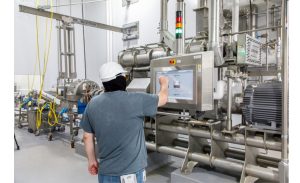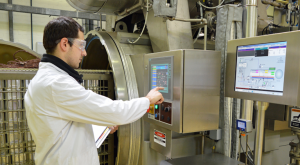In the realm of culinary marvels, where flavors and aromas intertwine, a fascinating frontier emerges—the world of Food Technology. This article unravels the intricacies of Food Tech 101, where science and technology converge to redefine how we create, consume, and relish our food.
Understanding Food Science
At its core, Food Science is a meticulous exploration of the scientific principles governing our sustenance. Delving into macroscopic and microscopic realms, it unravels the complexities of food processing, examining quality, behavior under varied conditions, and the sensory experience.
The Role of Food Engineering
On the flip side, Food Engineering applies scientific, professional, and mathematical principles to the manufacturing of food. This involves the entire spectrum of food production, from processing and packaging to storage, conservation, and distribution. The backbone of this field lies in machinery and equipment, ensuring efficiency and precision.
Food Technology: The Harmonious Blend
Food Technology emerges as the fusion of Food Science and Food Engineering. It represents a holistic approach—from understanding molecular compositions to mechanized large-scale production—delivering food products of the highest quality that cater to evolving consumer demands.
Applications and Technologies in Food Tech
The applications and technologies within Food Tech are diverse and ever-evolving. Researchers and professionals employ cutting-edge methods, from innovative preservation techniques to state-of-the-art packaging solutions, shaping the culinary landscape with historical insights and scientific advancements.
The Difference Between Food Science, Food Engineering, and Food Technology
Food Science focuses on understanding food properties, Food Engineering delves into the engineering aspects of production, and Food Technology applies science to develop, preserve, package, and distribute food products. While interconnected, these fields require distinct skill sets.



